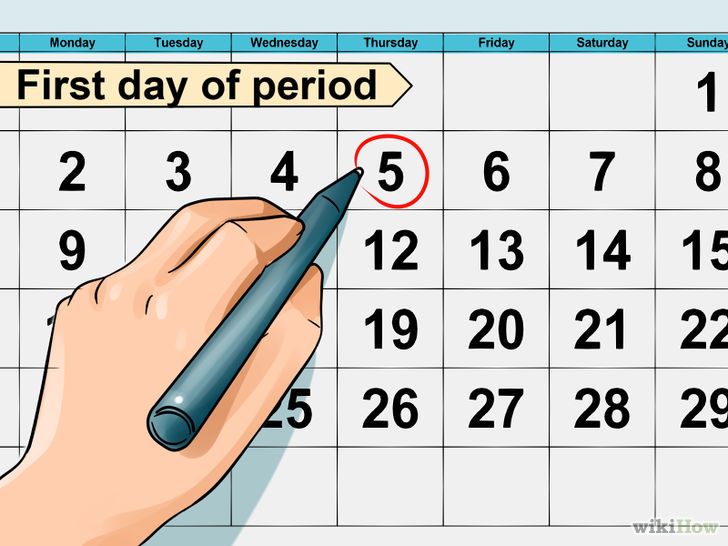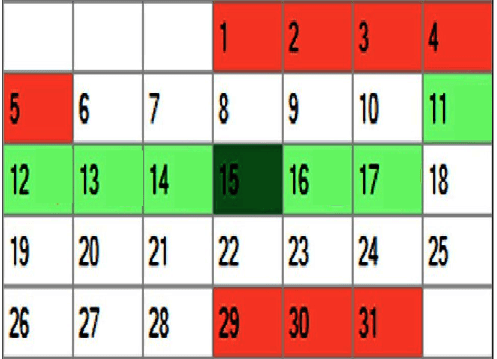
Irregular cycles or cycles that are shorter than 21 days or longer than 35 make calendar prediction of ovulation unreliable. Stress, illness, and other things can also affect the timing of ovulation. Similarly, changes are made in the opposite direction for cycles longer than 28 days. For example, during a 24-day cycle (4 days shorter than the average), ovulation takes place on about the 10th day.

If a woman’s cycle is longer or shorter than 28 days, the predicted ovulation date is changed accordingly. On average, a woman with a regular 28-day cycle ovulates on about the 14th day of each cycle. How is my estimated date of ovulation calculated? Continue up through the day of ovulation or the next day. Most experts suggest you try every other day or every day starting about 5 or 6 days before you expect to ovulate. Sperm can live for a few days and the egg can live about a day. Studies have shown that to increase your chances of getting pregnant, you should have sex once a day or every 2 days during your fertile days. You are likely to be most fertile on the day of ovulation and during the 4 or 5 days just before ovulation. Given the information you provided, your next ovulation date is estimated to be. Always consult with a healthcare provider for advice concerning your health.
OVULATION CALCULATOR PROFESSIONAL
It is not intended as a substitute for professional health care. This calculator is provided for educational purposes only. It cannot and should not be used as an aid to preventing pregnancy. This calculator is not meant for women who are already pregnant. This will occur if you are nearing your next menstrual start date. Please note that the date you enter in the calculator may result in an ovulation date that has already passed.

These are especially useful if a woman has irregular periods. (Regular periods mean having a period every 21 to 35 days.) Fertility charting, basal temperature tracking, and purchased ovulation test kits can also be used to help predict a woman’s fertile times. If an egg is penetrated by a sperm cell during ovulation, fertilization occurs. This calculator gives approximate ovulation dates and fertile times for women who have regular periods. In healthy women it typically occurs in the middle of the menstrual cycle. By learning when you ovulate, you can predict when you’re likely to be fertile. That is just before and during ovulation. Irregular cycles or cycles that are shorter than 21 days or longer than 35 make calendar prediction of ovulation unreliable.A woman is able to become pregnant (fertile) only during a certain part of her monthly cycle.

This calculator gives approximate ovulation dates and fertile times for women who have regular periods. By learning when you ovulate, you can predict when you’re likely to be fertile. When you have sex during the non-ovulating and low risk days of the month, the chances of pregnancy are fairly low.

A woman is able to become pregnant (fertile) only during a certain part of her monthly cycle.


 0 kommentar(er)
0 kommentar(er)
